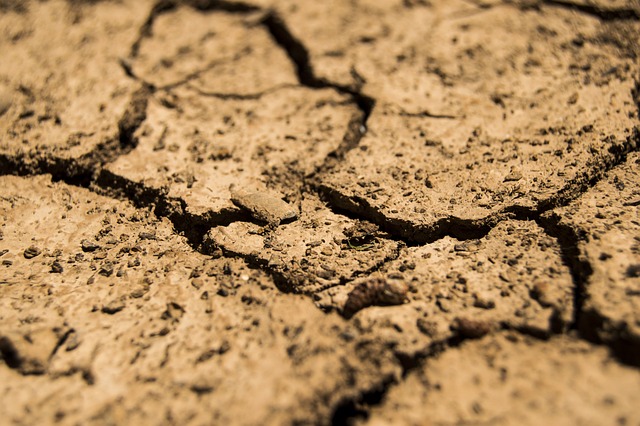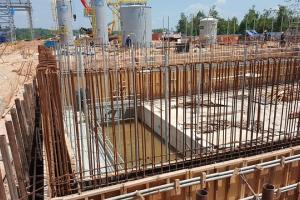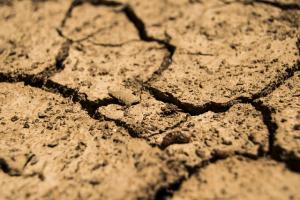Ultimate Bearing Capacity

Definition of Ultimate Bearing Capacity
It is the least pressure which would cause shear failure if the supporting soil immediately below and adjacent to a foundation. The ultimate bearing capacity is defined as the maximum gross pressure intensity at the base of the foundation at which the soil does not fail in shear. When the term bearing capacity is used, it may be understood to be the UBC.
Footing Size Calculation Using Ultimate Bearing Equation
The ultimate bearing capacity refers to the maximum load that a foundation or soil can support before it fails or experiences excessive settlement. It is an important consideration in geotechnical engineering and is determined through various methods of soil testing and analysis.
The ultimate bearing capacity of a soil depends on several factors, including the soil type, moisture content, density, and the size and shape of the foundation.
Theories and Methods to Calculate Ultimate Bearing Capacity
There are different theories and equations used to estimate the ultimate bearing capacity, with some of the commonly used ones being:
1. Terzaghi's Bearing Capacity Theory:
This theory, developed by Karl Terzaghi, provides a method for calculating the ultimate bearing capacity of shallow foundations. It takes into account the cohesion of the soil (C), the effective overburden pressure (σ'), and the angle of internal friction of the soil (φ).
2. Meyerhof's Bearing Capacity Theory:
Proposed by Helmut Meyerhof, this theory extends Terzaghi's theory to consider the shape of the foundation and the inclination of the failure plane. It introduces shape factors and inclination factors to modify the bearing capacity equation.
3. Vesic's Bearing Capacity Theory:
Developed by Zdeněk P. Bažant, this theory considers the effect of the foundation depth on the ultimate bearing capacity. It incorporates a depth factor to modify the bearing capacity equation based on the depth of the foundation.
These theories provide approximate methods for estimating the ultimate bearing capacity of foundations, but it's important to note that they are based on simplifying assumptions and idealized soil behavior. In practice, site-specific soil testing and analysis are conducted to determine the actual ultimate bearing capacity for a given project. This typically involves field tests, such as standard penetration tests (SPT), cone penetration tests (CPT), or plate load tests, combined with laboratory testing of soil samples.
It's crucial to consult a qualified geotechnical engineer or a professional experienced in foundation design to accurately assess the ultimate bearing capacity and design foundations that can safely support the intended loads.









